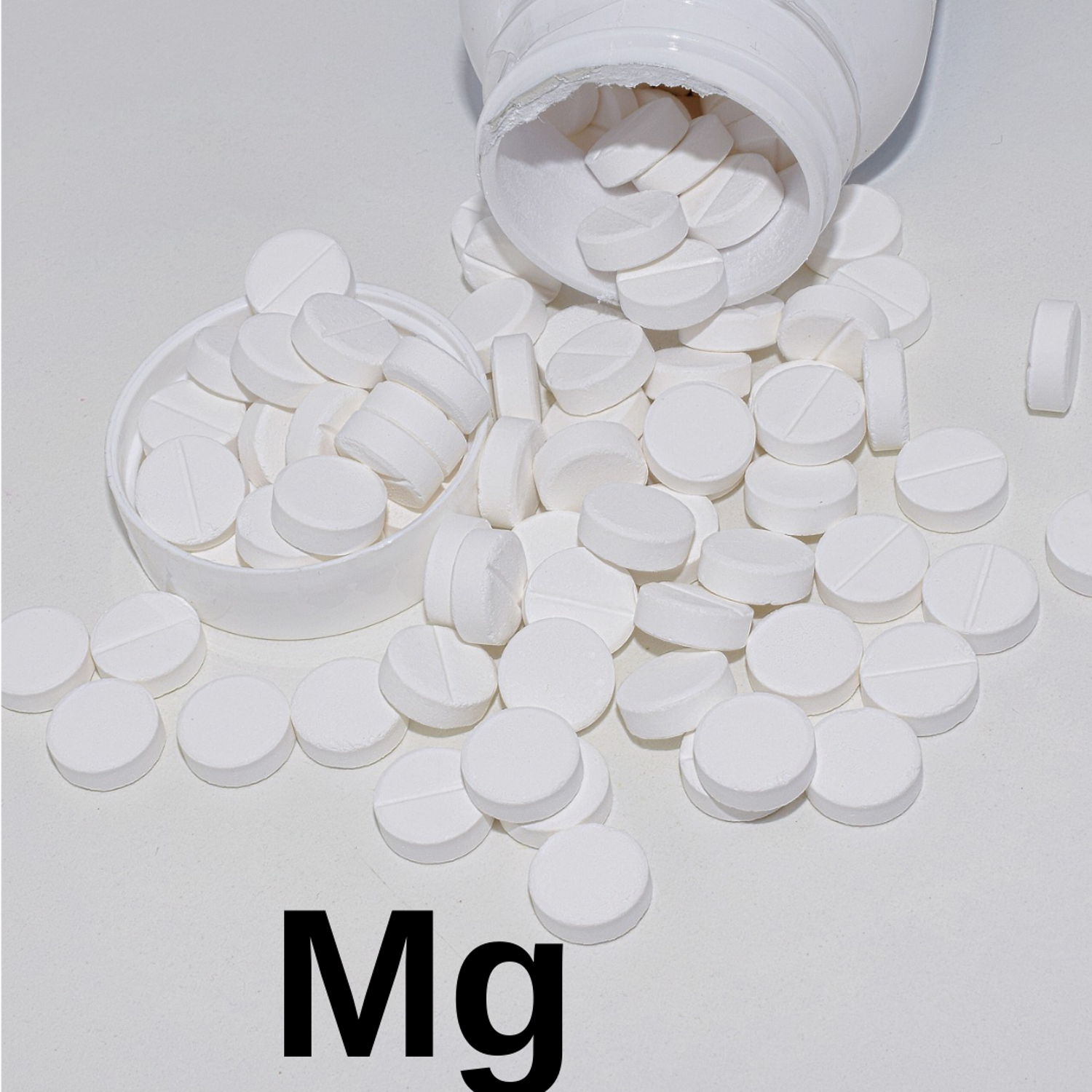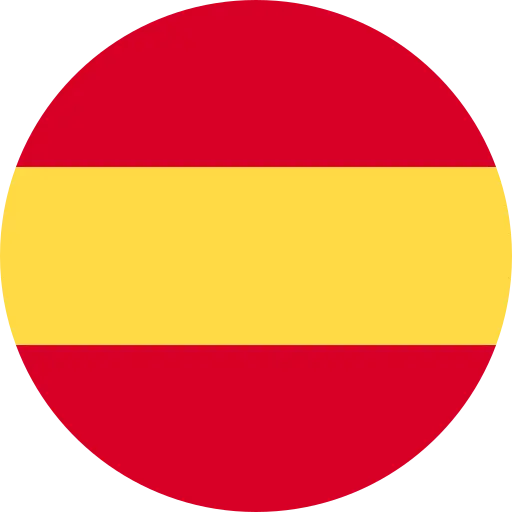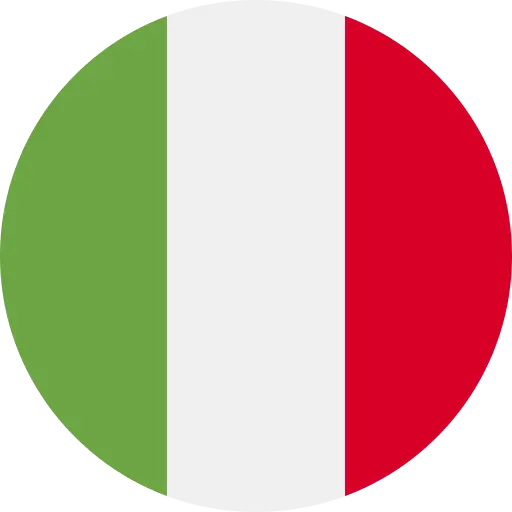
- << LexSupplements
- << Blog
- Maximum levels for magnesium and nicotinic acid
Maximum levels for magnesium and nicotinic acid
In Food Supplements, Mg and Nicotinic acid are quantity limited
The special case of the maximum levels allowed for nicotinic acid and magnesium added to food supplements in Spain.
How is it possible that the maximum limit is lower than its reference value?
As we well know, vitamins and minerals are one of the large groups of nutrients that are usually part of food supplements, and in fact, they are the best defined group in terms of the ways in which they can be added, their reference values or the maximum limits established and allowed for these.
In fact, in Directive 2002/46 on food supplements, the base document that has been transposed into national legislation in each country of the European Union, all the permitted minerals and vitamins are perfectly included, and the ways in which they can be added.
Up to date are the most wellknown ingredients to be added in food supplements.
To know the Reference Values of each vitamin and mineral, we have to look at Regulation 1169/2011 regarding food information provided to the consumer, where a table with such values is included in one of its annexes.
However, to meet the maximum limit that can be used for each vitamin and mineral, there is no single document that regulates it, so different cases may apply. Thus, there are some European countries that in their specific national regulations on food supplements, have also regulated these maximum levels. This is the specific case of France, Belgium, Poland, Italy.
There are other countries such as Spain or Portugal that have not reached this step, so it is necessary to go to the maximum levels of admissible intake (UL) established by the European Food Safety Authority (EFSA) to know what maximum applies in each specific case.
It is the circumstance that, for all vitamins and minerals, the maximum permitted level or UL is higher than its reference values, except for two specific cases:
One is nicotinic acid, one of the forms of Niacin supply and the other is magnesium provided in the form of dissociable salts of this mineral.
In the case of nicotinic acid, the explanation lies in the fact that it was observed that, at a certain level of consumption in this chemical form, there was a slight flushing or redness of the skin, hence for this form a lower level of intake was established higher than for example with respect to nicotinamide, another form of Niacin supply. In the case of Nicotinamide, on the other hand, the UL is higher than the Reference Value, as is more logical or easy to understand.
In the case of magnesium, however, there is still much confusion caused by the following controversy: It turns out that EFSA established a UL for magnesium of 250 mg when it was supplied in the form of dissociable salts of this mineral. Besides this, the reference value for magnesium is set at 375 mg/ day, so the difference between one value and the other is noticeable.
In the study carried out, it waas reflected that the dissociable magnesium salts that were taken improperly could produce mild diarrhea in healthy people due to their great capacity for water absorption in the intestine, and hence this maximum fixed level.
The problem comes from the fact that it seems that all the ways in which magnesium can be added to food supplements are dissociable salts to a greater or lesser extent, so the contribution that can be made of the mineral magnesium in food supplements is very limited.
It turns out that the EFSA specifically establishes that this maximum value of 250 mg is set for magnesium salt and not for magnesium mineral as such, so the final contribution of magnesium mineral in the food supplement will depend on the percentage of magnesium present in said salt. Thus we can see that many times the reference values for magnesium can be less than 15% per recommended daily dose, not even resulting in a significant amount.
Many times it is difficult to explain to those food bussiness operators that carry out notifications of products, this circumstance, since it is difficult to understand that the difference between the maximum limit (UL) and the supposed amount that each day must be taken (Reference Value) is so large, and especially since seen this way it seems impossible that with a food supplement 100% of the Reference Value for magnesium can be reached.
But the reality is that we should never lose sight of the fact that supplements are used to supplement or complete the diet with certain nutrients, so globally they should not be seen as the only source of specific nutrients, except in very particular cases, such as Vitamin B12 in the case of vegetarian and vegan people.
So, in the case of magnesium, we have to be aware of the prevailing limit and respect it, even though we see that there are many products on the market with much higher quantities, in order to avoid possible economic sanctions for non-compliance with current guidelines, or that require remedying deficiencies by reporting a food supplement with limits that do not respect the recommendations.
Finally, we want to emphasize the importance of having a team that is up-to-date on current limits, regulatory changes and applicable legislation in all matters related to food supplements and the nutrients that can be added to them.
LexSupplements has a specialized team in the matter of reviewing labelling, composition, legal limits, and notification of food supplements, so you don't have to worry about a thing.



